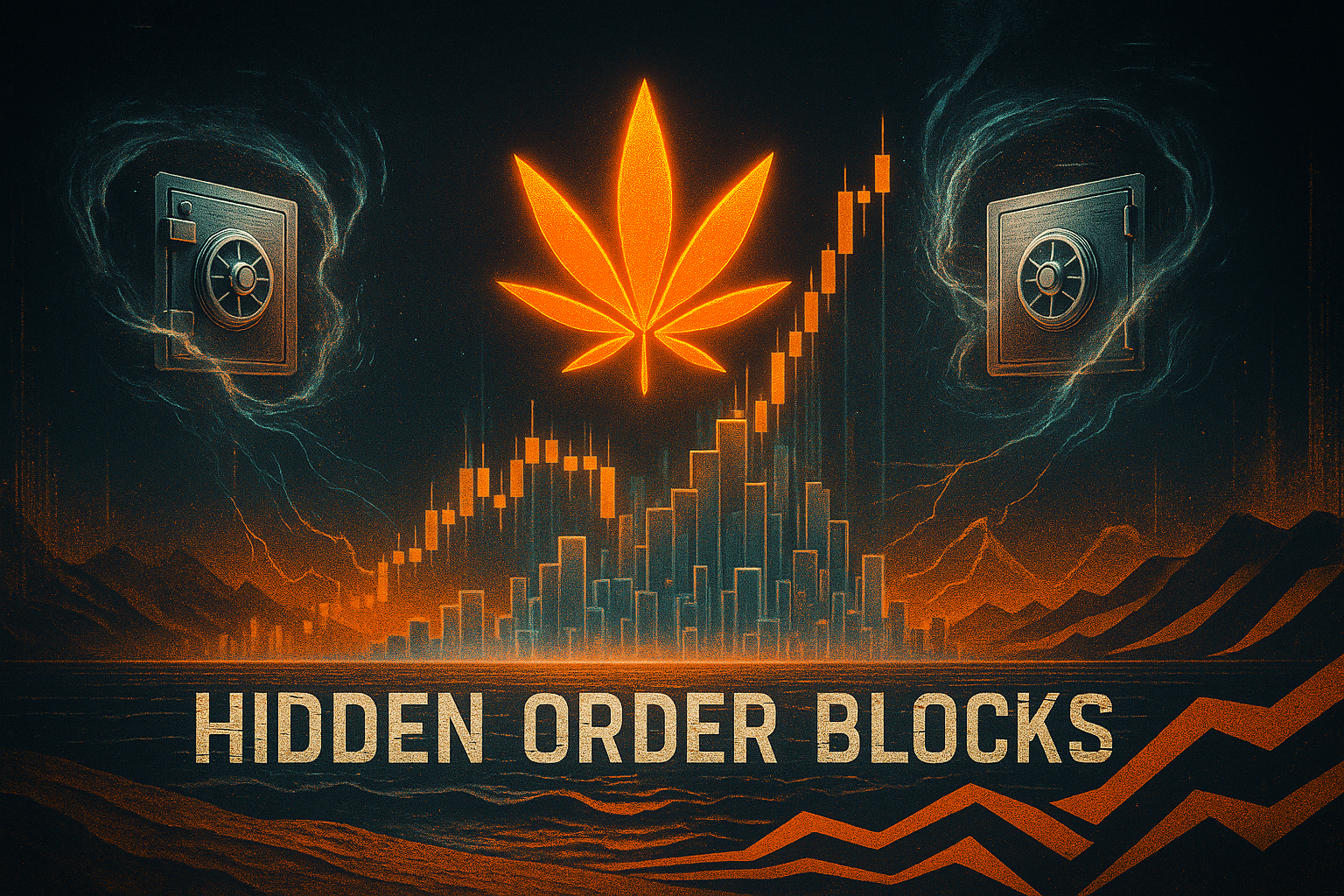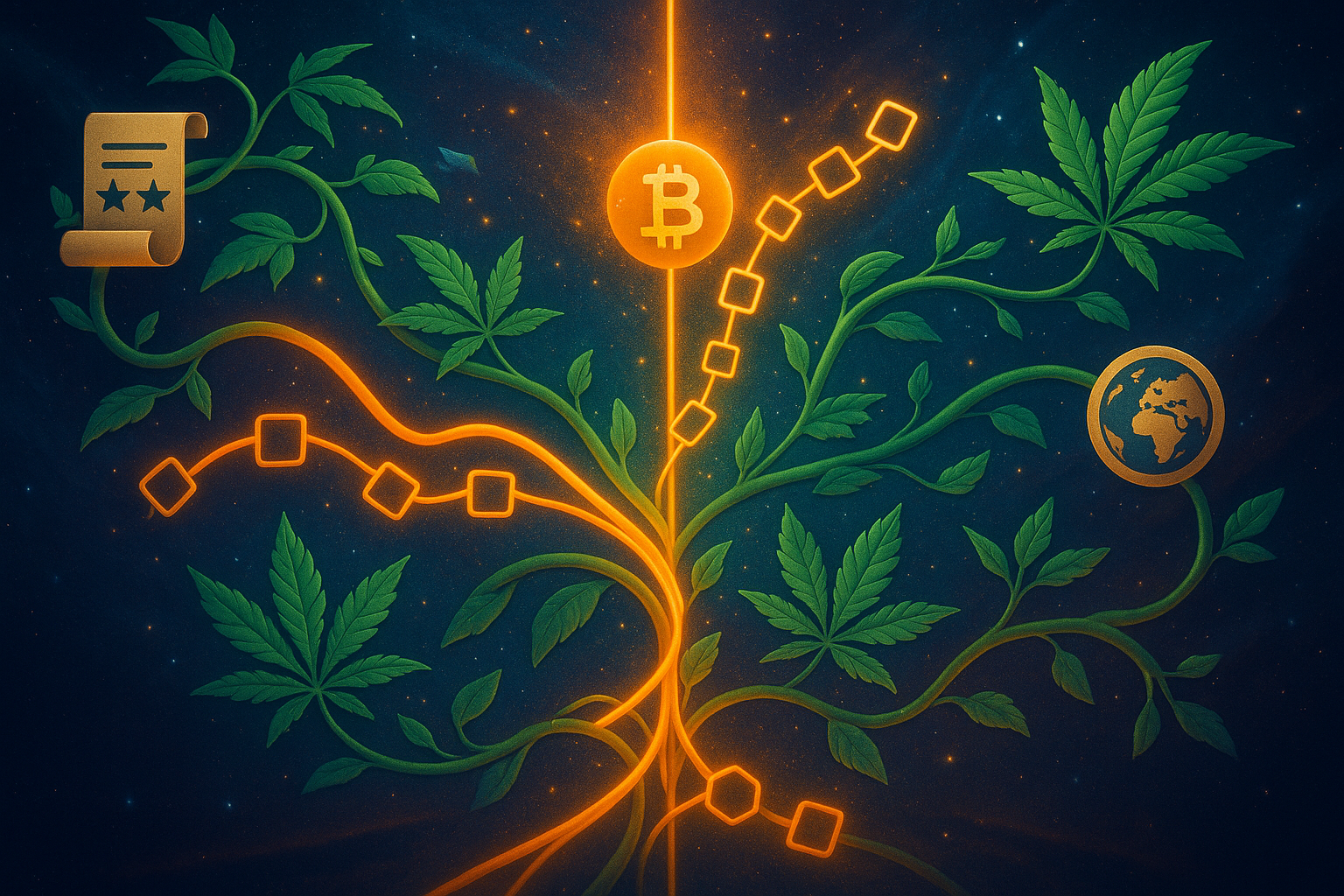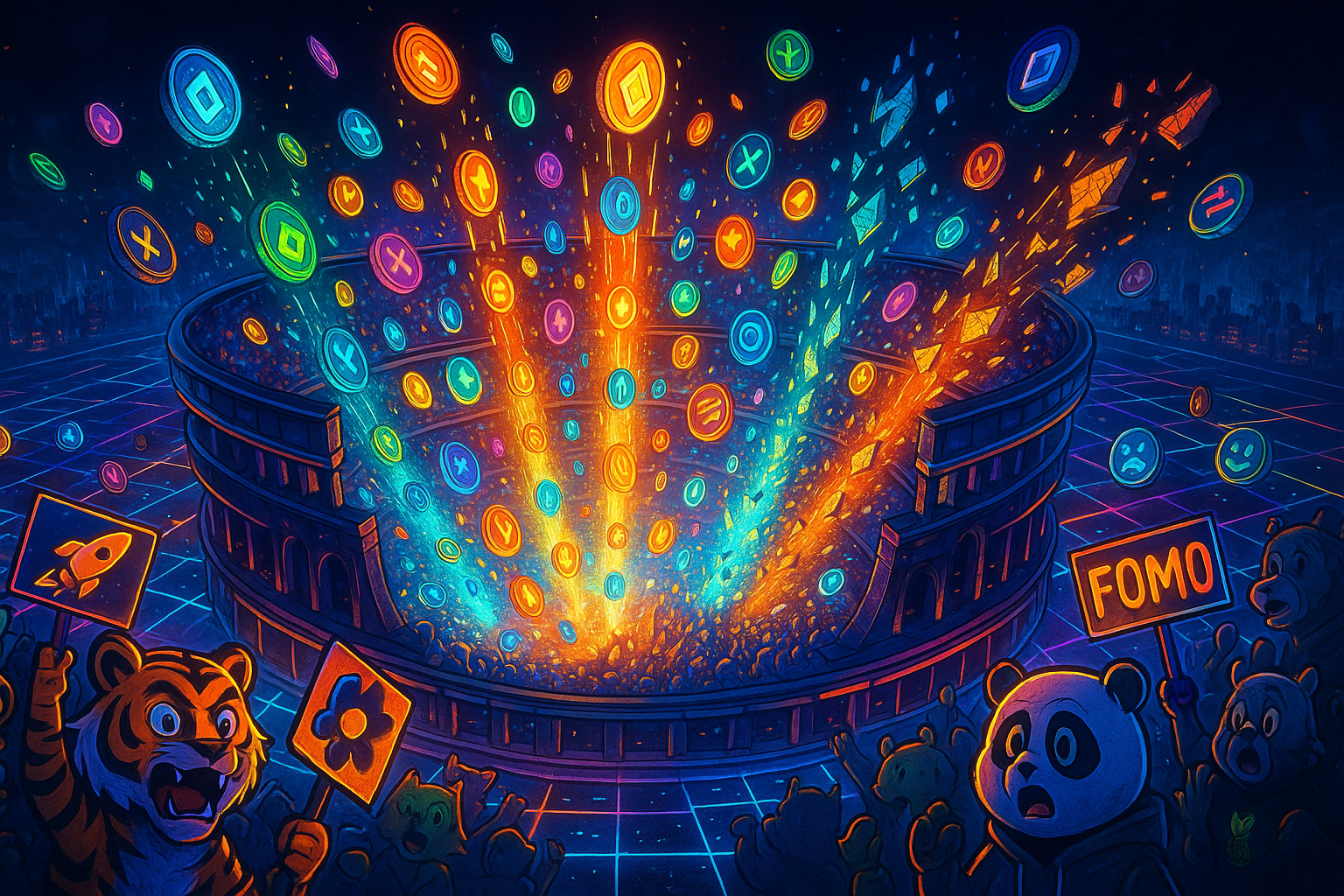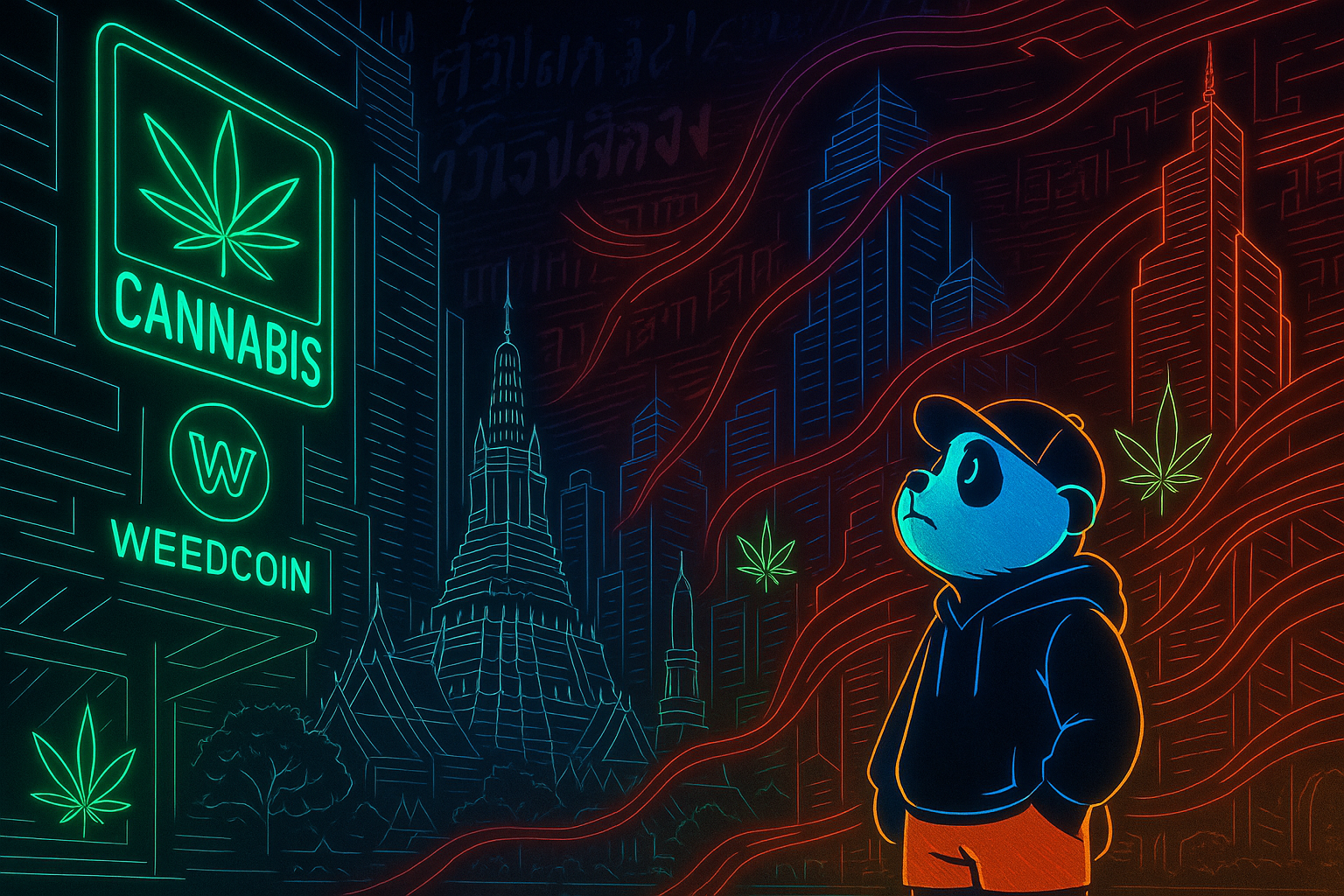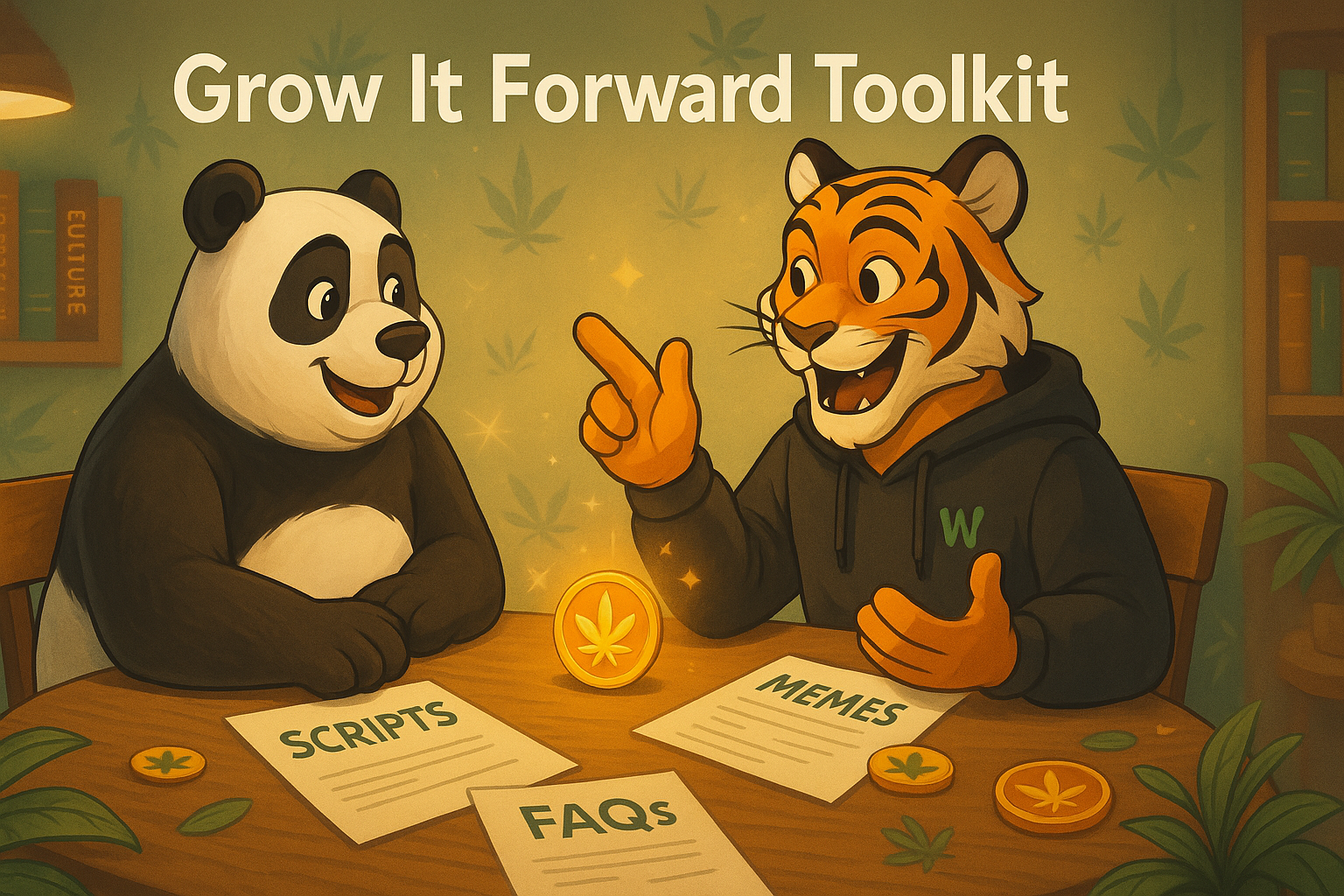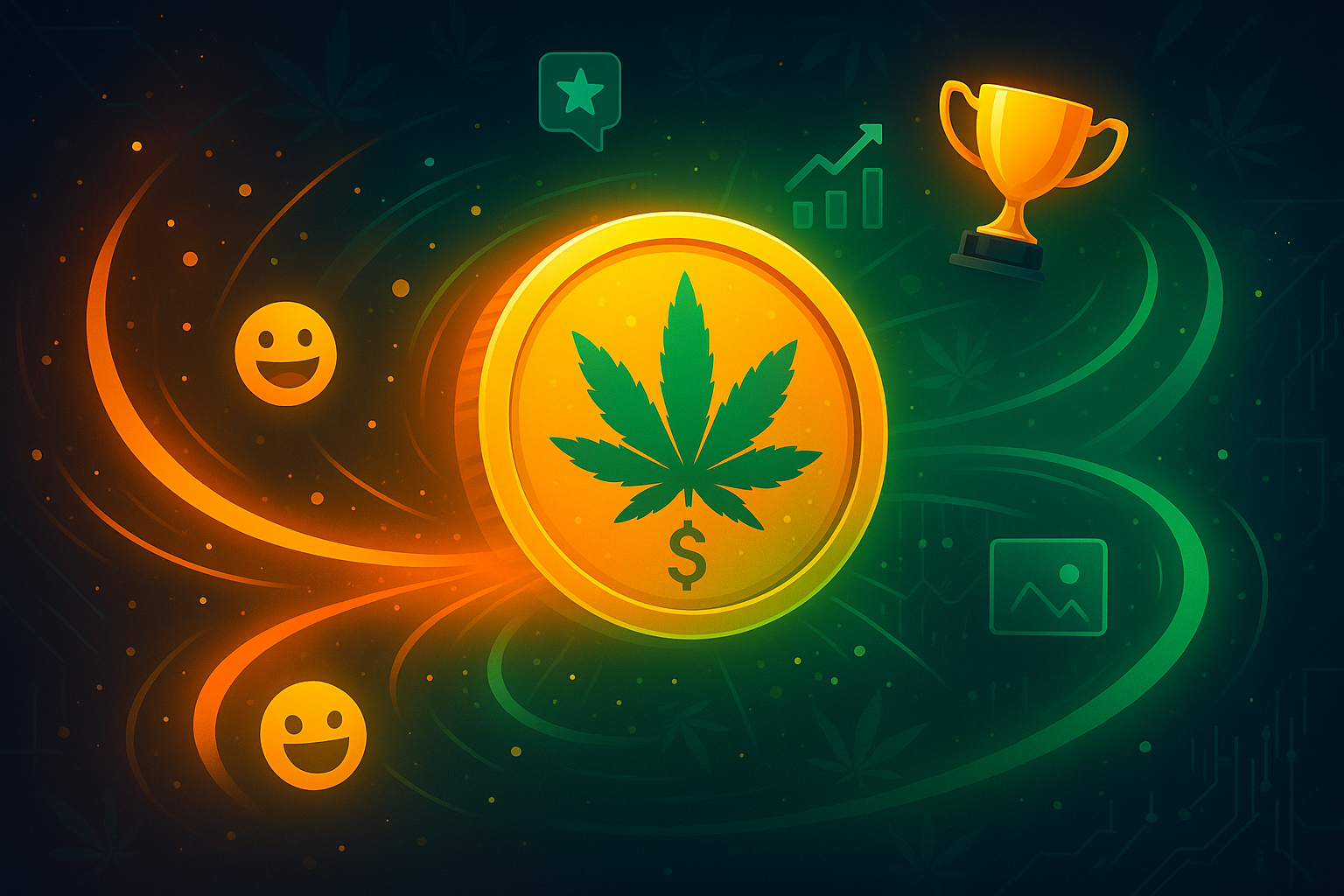Edibles: A Long-Lasting Method for Medical Marijuana Use
Sustained Relief Through Cannabis-Infused Foods and Drinks
Edibles offer a discreet and long-lasting way to use medical marijuana, providing sustained relief for chronic conditions. In the MediWeed Hub, we’re exploring how cannabis-infused foods and drinks can benefit patients with irie vibes. In this article, we’ll dive deep into the science of edibles, their benefits and challenges, the best types for medical use, and practical tips for safe consumption. Whether you’re managing chronic pain or insomnia, edibles can deliver consistent, prolonged effects—let’s explore this tasty method.
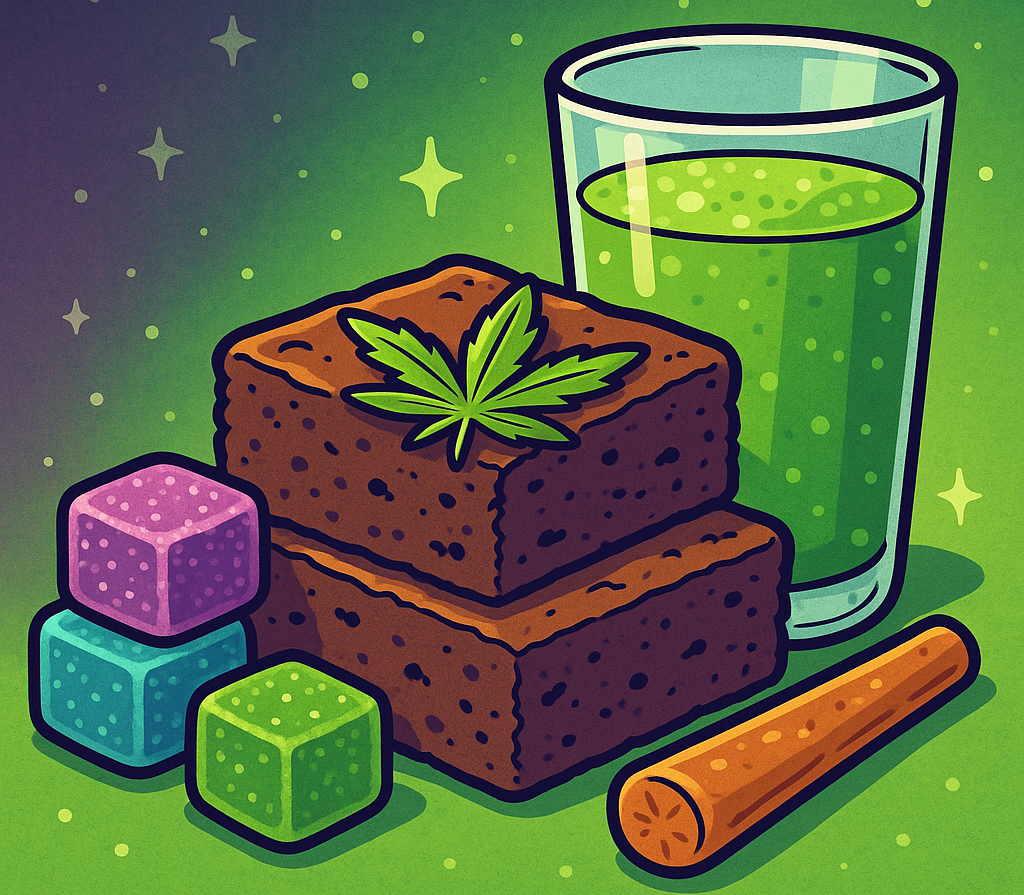
Edibles are cannabis-infused foods, beverages, or capsules that deliver cannabinoids through the digestive system, offering a unique consumption method for medical marijuana. When consumed, edibles are metabolized by the liver, which converts THC into 11-hydroxy-THC, a more potent and longer-lasting metabolite that crosses the blood-brain barrier more effectively than inhaled THC. This results in effects that start within 30–60 minutes and last 6–8 hours, making edibles ideal for conditions requiring sustained relief, such as chronic pain, insomnia, or chemotherapy-induced nausea (Lyphe Clinic). A 2016 study in Drug and Alcohol Dependence found that edibles provided consistent pain relief for 70% of patients with fibromyalgia over 6 hours, compared to 2–4 hours with inhalation.
The variety of edibles available makes them a versatile option for medical users. Common forms include gummies, chocolates, brownies, beverages (e.g., cannabis-infused teas or sodas), and capsules, which offer precise dosing. For example, a patient with multiple sclerosis might take a 5 mg THC gummy to manage spasticity throughout the day, while a cancer patient might sip a CBD-infused tea to reduce nausea and anxiety during chemotherapy. Edibles are often labeled with exact cannabinoid content—such as 10 mg THC per piece—allowing for accurate dosing, which is critical for medical use (Mayo Clinic). They also provide a discreet way to consume cannabis, as they resemble everyday foods and produce no odor, making them suitable for public or private settings.
The pharmacokinetics of edibles differ significantly from inhalation methods, influencing their therapeutic effects. After ingestion, cannabinoids are absorbed through the stomach and intestines, then metabolized by the liver in a process called first-pass metabolism. This process not only converts THC into 11-hydroxy-THC but also delays onset, as the body takes time to digest and process the edible. The prolonged duration of effects—up to 8 hours—makes edibles particularly effective for nighttime use, such as for insomnia or chronic pain that disrupts sleep. A patient with PTSD might take a 2.5 mg THC edible before bed to reduce nightmares and improve sleep quality, waking up refreshed without the grogginess of traditional sleep aids (Harvard Health).
Despite their benefits, edibles come with challenges, particularly around dosing and onset timing. Because of the delayed onset, patients may be tempted to consume more if they don’t feel effects immediately, leading to overconsumption and potential side effects like anxiety, paranoia, or extreme sedation. A 2019 study in Annals of Internal Medicine reported that edibles were associated with a higher rate of emergency room visits due to overconsumption, often because patients underestimated the potency of 11-hydroxy-THC. To avoid this, patients should start with a low dose—typically 2.5 mg THC or 5 mg CBD—and wait at least 60 minutes before considering more, ensuring they don’t exceed their tolerance (NIDA).
The choice of edible and strain also impacts the therapeutic outcome. Edibles can be made with THC-dominant, CBD-dominant, or balanced extracts, allowing patients to target specific symptoms. For example, a THC-heavy edible might be best for appetite stimulation in HIV/AIDS patients, while a CBD-heavy edible can reduce anxiety without psychoactivity, ideal for daytime use. Terpenes in the cannabis extract—such as linalool (calming) or limonene (uplifting)—can further enhance effects, preserved in edibles through careful infusion processes. Patients should choose edibles from licensed dispensaries to ensure accurate labeling and safety, as homemade edibles can vary widely in potency and may contain contaminants.
Edibles also offer a smoke-free alternative for patients with respiratory issues, such as asthma or chronic obstructive pulmonary disease (COPD), who may not tolerate inhalation methods. A patient with arthritis, for instance, might use a CBD-infused chocolate (10 mg CBD) to reduce joint inflammation without irritating their lungs, enjoying the added benefit of a pleasant taste. However, edibles can interact with medications metabolized by the liver, such as blood thinners or antidepressants, potentially increasing their effects—patients should consult a doctor to avoid interactions (Mayo Clinic). Additionally, edibles may not be suitable for patients with digestive issues, as conditions like Crohn’s disease can affect absorption and lead to inconsistent effects.
Practical Tips
- Start Low and Wait: Begin with 2.5 mg THC or 5 mg CBD, wait 60 minutes to feel effects, and avoid taking more too soon to prevent overconsumption.
- Choose the Right Edible: Use THC-heavy gummies for pain or appetite; opt for CBD-infused teas for anxiety or inflammation without a “high.”
- Store Safely: Keep edibles out of reach of children or pets—they can resemble regular candies or snacks, posing a risk of accidental ingestion.
- Pair with Food: Take edibles with a light meal to enhance absorption, but avoid high-fat meals, which can intensify THC effects unpredictably.
- Check for Interactions: Consult your doctor if you’re on medications like blood thinners, as edibles may affect liver metabolism and drug interactions.
Key Takeaways
- Edibles deliver cannabinoids through the digestive system, with effects starting in 30–60 minutes and lasting 6–8 hours, ideal for chronic conditions.
- The liver converts THC into 11-hydroxy-THC, a more potent form, making edibles effective for sustained pain relief, insomnia, or nausea management.
- Types include gummies, chocolates, beverages, and capsules, offering precise dosing and discretion, with options for THC, CBD, or balanced effects.
- Delayed onset can lead to overconsumption—start with 2.5 mg THC, wait 60 minutes, and choose products from licensed dispensaries for safety.
- Edibles are smoke-free, suitable for patients with lung issues, but may interact with medications and require careful dosing for consistent effects.

